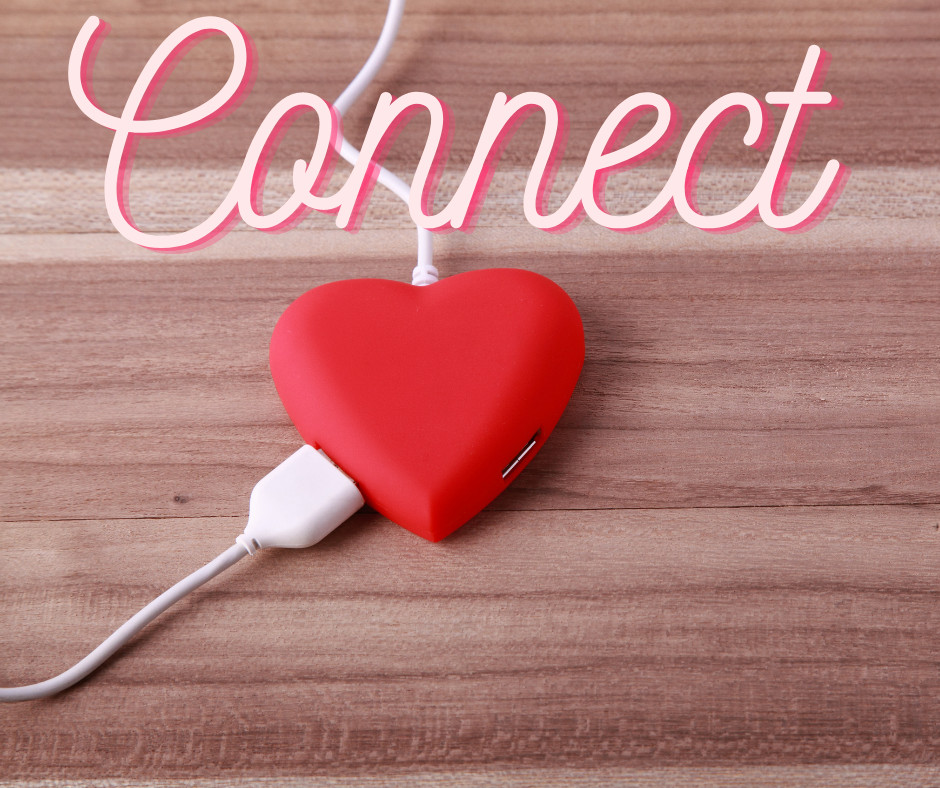
Do you know your love language?
How about your attachment style?
According to Dr. Rachel Sims, your love language is like the icing on the cupcake, but your attachment style is the cupcake itself.
She states that many couples learn their love language and stop there and equates that to having the icing without the cupcake.
This is because knowing your love language is only have of the equation. Like everything else, knowing WHY that is your love language doesn't get to the heart of why you need to be loved in that way. Your attachment style, according to Dr Sims, explains why.
John Bowlby, British psychologist, developed attachment theory, describing it as a "lasting psychological connectedness between human beings." Bowlby believed that the earliest bonds formed by children and their caregivers have a lasting impact that continues throughout life. At the heart of his the, those earlies bonds children experience with their caregivers determine our attachment style and this style will motivate us in all of our relationships.
If we developed a close bond with our caregivers, and we felt safe and secure in our early environment and relationships, we will develop a healthy or secure attachment style that will likely stay with us throughout life. Through this early bond, our brains develop our first impressions of safety and security within relationship. We are wired to be part of a community or tribe that works together.
When children grow up in an unsafety, or environment where our caregivers were inattentive to our needs, that first impression we develop is that relationships are not safe. This will early impression drives us throughout our lives and creates problems in our relationships. When we develop unhealthy attachment style, we have trouble communicating with our partners in healthy ways.
Bowlby named four primary attachment styles:
Secure Attachment Style is characterized by one where we communicate our feelings directly, feel close with our partner, without jealousy or dependence.
With a secure attachment style, we are flexible and cooperative in relationships and feel secure in our relationships. We believe in the relationship and trust that our partner will be there when we need them. Mistakes in the relationship are viewed as opportunities for growth and we are able to confront others directly without being passive aggressive.
Anxious Attachment is characterized by a dependent relationship, where we rely on our partner for our self-worth. Someone with an anxious attachment style is often very emotionally sensitive and their greatest fear is often rejection. They fear losing their relationship and often feel as if they have to fight for emotional connection in their relationships. Someone with this attachment style is often jealous and overly needed, because they don't feel secure with their attachments.
Dismissive Avoidant Attachment is characterized by someone who is extremely self-reliant. They have trouble feeling and expressing emotions and often go out of their way to avoid conflict. Dismissive avoidants have a hard time getting close to others and they are often very defensive in their relationships. They often feel self-sufficient, and independence is one of their highest values. They also tend to be dismissive of the feelings of others and focus on the other persons flaws. They can also be sensitive to feelings of being controlled or pursued. They may also place higher value on success and image than on real emotional connection or intimacy. They fear being needy or too dependent and one of their greatest fears is being seen as a failure.
Fearful Avoidant Attachment is characterized by someone who goes out of their way to avoid conflict. They seek closeness and avoid it at the same time. They often feel disorganized, like their feelings are all over the place. They cannot tolerate emotional closeness in a relationship and often argue or rage as an attempt to control their own emotions. They often have abusive or traumatic relationship pasts that continue to affect their adult lives. They likely mistreat their own children, running their childhood program. Their own children often develop a disorganizes attachment style and difficulty trusting others. They are often triggered into anger and fear by their own parent-child relationships.
These brief descriptions can give us an idea of our attachment style. To read more about Attachment Styles, you can visit here. To read more about Dr Sims and her work using attachment style as the why that motivates our love language, you can check out her website here.
By knowing both our love language and our attachment style we can better understand why we need to be loved the way we need to be loved. Putting these pieces together can help us improve our relationships. Understanding why we need to be loved in this way helps us communicate our needs more effectively.




